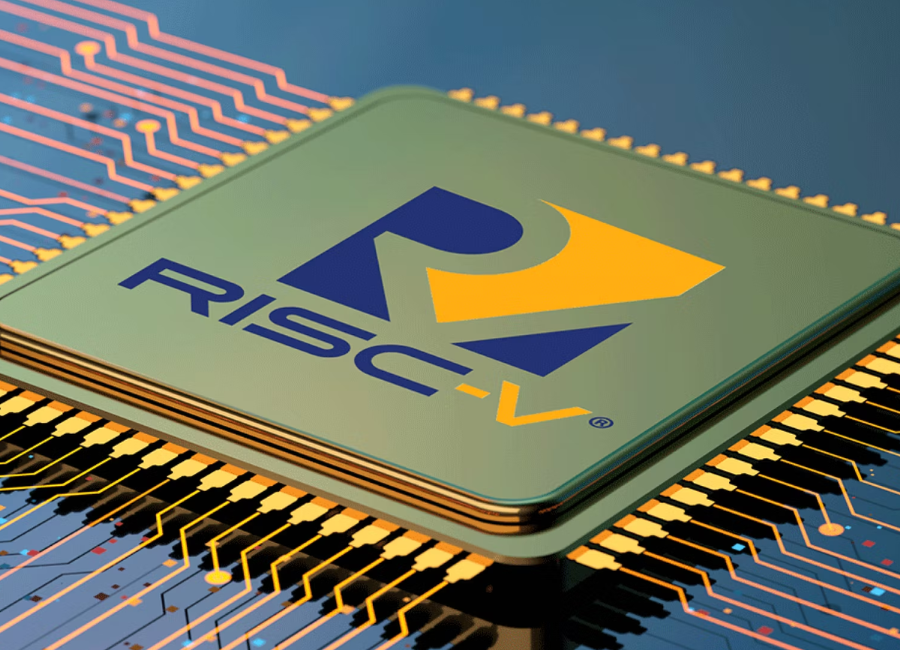The world of processors just got a bit more exciting with the entry of RISC-V, a budding chip architecture, which is making substantial inroads into the market. The latest evidence of this? Qualcomm, the semiconductor behemoth, recently declared its intent to craft a wearables platform based on RISC-V for Google’s Wear OS – the operating system primarily designed for smartwatches.
Qualcomm’s new addition will integrate seamlessly into its existing Snapdragon Wear processors lineup, which currently dominates the Wear OS space. This strategic move, as highlighted by Qualcomm, is poised to considerably shorten the market-entry time for OEMs (Original Equipment Manufacturers) intending to roll out their smartwatches. According to insiders at Qualcomm, the RISC-V platform offers not just superior performance, but also more efficient power consumption for wearable devices.
Dino Bekis, a vice president at Qualcomm, emphasized the broader significance of this development. He noted, “With our innovative Snapdragon Wear platform, we’re setting the pace for the Wear OS ecosystem, making it easier and quicker for new device launches.”
This collaboration between Qualcomm and Google fortifies RISC-V’s standing in the chip architecture world, particularly as a robust alternative to Arm, the UK’s revered chip designer. What’s unique about RISC-V is its open-source instruction sets, which serve as an efficient, customizable, and budget-friendly counterpart to Arm’s established designs.
The recent past saw a group of prominent chipmakers, Qualcomm included, forming an alliance to promote and monetize this emerging tech. Interestingly, Qualcomm, one of Arm’s most loyal clients, is now amidst a legal tussle with them. Frictions surfaced when Nvidia proposed a takeover of Arm. By May 2022, Qualcomm’s top brass expressed interest in acquiring a stake, if not the entire company, of Arm. This was followed by Arm suing Qualcomm over intellectual property disputes.
But Qualcomm isn’t the only company veering towards RISC-V. The chip architecture, with its Swiss headquarters, has also garnered substantial admiration from Google. Lars Bergstrom, a key figure in Android’s engineering team, recently expressed his wish for RISC-V to attain the same prominence in the operating system as Arm.
Bjorn Kilburn, who helms Wear OS by Google, expressed enthusiasm about this newfound synergy, “Teaming up with Qualcomm Technologies to introduce a RISC-V wearable solution is truly exhilarating.”
However, RISC-V’s journey hasn’t been without its hitches. US legislators are currently advocating for curbs on American firms liaising with the open-source technology, citing concerns about China’s potential access to it. Representative Mike Gallagher went so far as to suggest that any US collaboration on RISC-V technology with Chinese entities should be subject to stringent licensing.
Calista Redmond, the driving force behind RISC-V International, cautioned against such actions, underscoring that they could potentially derail the chip industry. She opined, “Envisaging restrictions on open standards could restrict global market access. Fragmenting on the standards could lead us into a world of incompatible products, resulting in duplicated efforts and closed markets.”
In sum, while RISC-V is making promising strides in the chip industry, navigating geopolitical complexities will be crucial for its long-term success.

